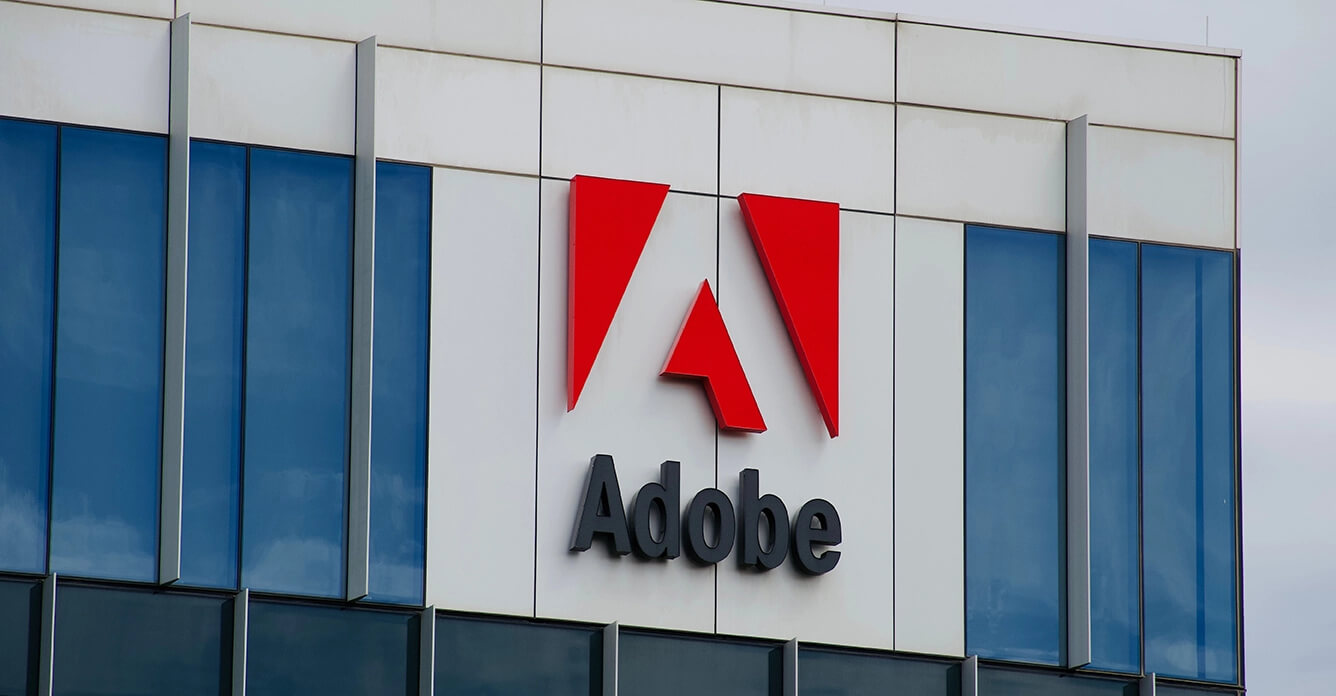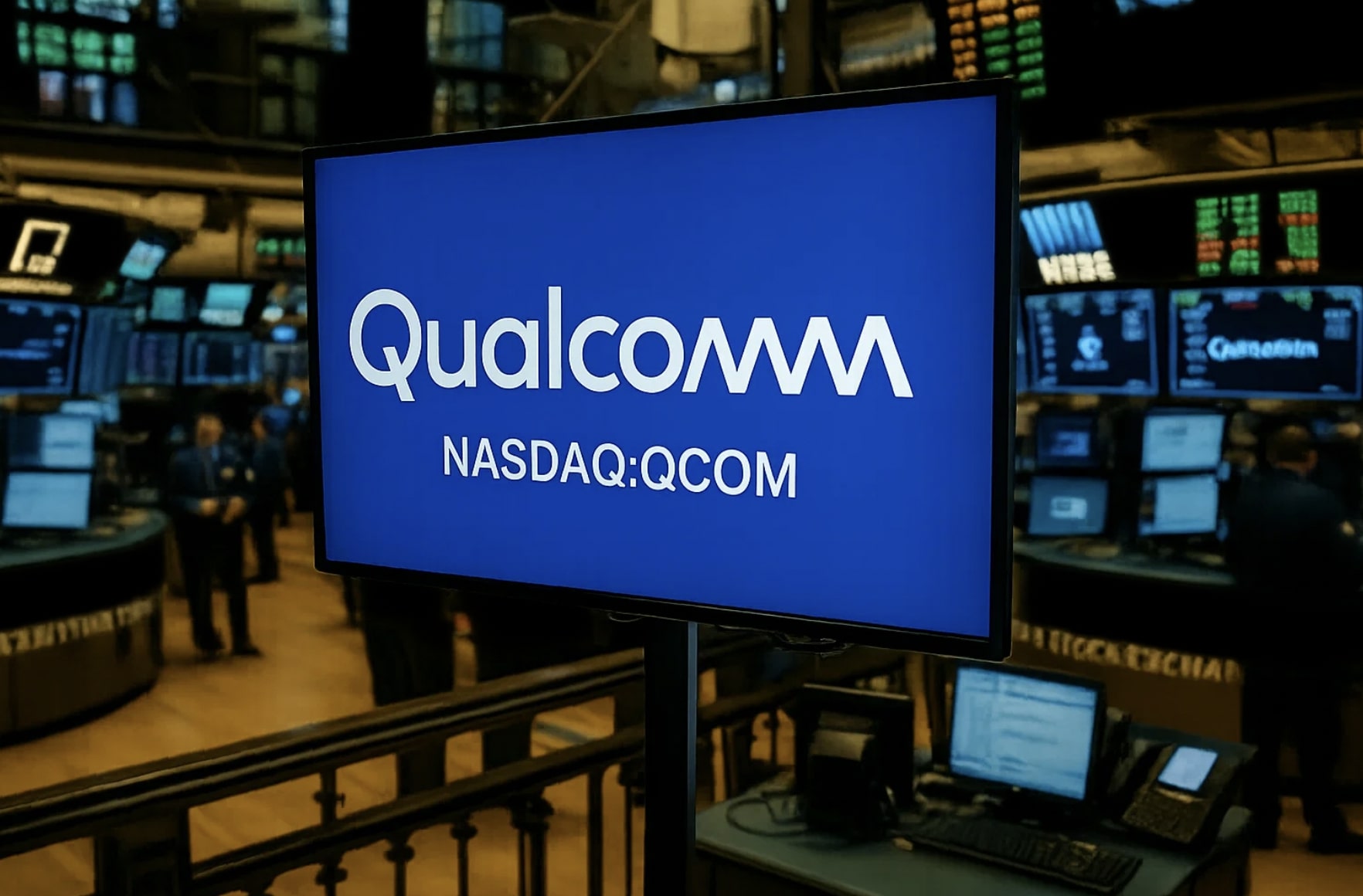
Microsoft (NASDAQ:MSFT) Stock Drops 7% – Can AI Keep It Above $421 or Is a Bigger Crash Coming?
Is Microsoft’s AI Bet a Game-Changer or a Risky Gamble? | That's TradingNEWS
Microsoft (NASDAQ:MSFT) Stock Analysis: AI Growth, Valuation, and Challenges
Microsoft (NASDAQ:MSFT) Stock Drops 7% Post-Earnings: Understanding the Market Reaction
Microsoft (NASDAQ:MSFT) experienced a 7% decline following its Q2 FY25 earnings report, despite surpassing analysts' expectations by 1.2% on revenue and 3.5% on EPS. The market’s reaction underscores the heightened expectations surrounding the company, with investor disappointment stemming from the weaker-than-expected growth in non-AI Azure services.
Microsoft's stock isn't necessarily cheap, but it does present an upside. Projections place its FY26 price target at $421 and FY27 at $495.55, implying growth potential if the company successfully balances AI and non-AI segments. However, the challenge lies in convincing investors that non-AI cloud solutions still hold significant value amid the AI boom.

Microsoft’s Q2 FY25 Financial Performance: Strong Revenue, AI-Driven Growth
Microsoft posted a 12% YoY revenue increase, reaching $69.6 billion, while operating income climbed 17% to $31.65 billion. This expansion pushed its margin from 43.6% to 45.5%, demonstrating improved operational efficiency. However, net income saw a slower 10% YoY increase, impacted by higher losses on investments.
Breaking it down further:
- Productivity and Business Processes (Microsoft 365, LinkedIn, Dynamics 365) grew 14% YoY to $29.4 billion, driven by Microsoft 365 Copilot and cloud subscriptions.
- Intelligent Cloud (Azure, Server Products, Enterprise Services) surged 19% YoY to $25.5 billion, primarily fueled by Azure AI services.
- More Personal Computing (Windows, Gaming, Devices) stagnated at $14.65 billion, highlighting weaknesses in consumer-driven segments.
Azure’s AI vs. Non-AI Growth: A Key Concern
Azure, Microsoft’s flagship cloud platform, has shown rapid AI-fueled expansion. In Q2 FY25, Azure AI revenue skyrocketed 157% YoY, contributing 13 percentage points to Azure’s overall 31% growth. However, non-AI Azure services contributed just 18 percentage points, signaling stagnation.
This disparity is concerning for investors. While AI growth is impressive, it is not an independent revenue stream—it often cannibalizes spending from existing services. The AI boom is driving enterprises to shift cloud budgets toward AI workloads, leaving traditional cloud segments exposed to slower growth.
Moreover, Microsoft has been struggling with go-to-market execution issues for non-AI Azure sales, particularly among enterprise customers still evaluating AI’s full-scale implementation. If the company fails to resolve these hurdles, it may face difficulties maintaining overall cloud growth momentum.
Microsoft 365 Copilot and Enterprise AI Adoption: A Game-Changer
Microsoft’s AI dominance extends beyond Azure. Its Microsoft 365 Copilot user base expanded 10x in just 18 months, with daily usage doubling quarter-over-quarter. Enterprises such as Novartis (40,000 seats), Barclays, Pearson, and the University of Miami are rapidly adopting the tool, demonstrating strong demand for AI-driven productivity solutions.
This adoption also strengthens Microsoft's position in developer ecosystems. GitHub Copilot, a leading AI coding assistant, has now reached 150 million developers, growing 50% in just two years. Adoption from companies like Spotify, Hewlett Packard Enterprise (HPE), HSBC, and KPMG reinforces Microsoft’s ability to commercialize AI at scale.
Microsoft’s AI Infrastructure: A Competitive Moat or a Bottleneck?
One of Microsoft’s most significant strengths is its AI infrastructure, but it is also a growing concern. The company has invested over $100 billion in AI expansion, doubling its data center capacity in three years. Strategic partnerships with NVIDIA, AMD, and Intel have enabled cutting-edge AI hardware development, including Microsoft’s custom AI chips (Cobalt and Maia).
However, Microsoft is currently facing AI infrastructure constraints, limiting its ability to meet surging demand. The company is operating in a capacity-constrained environment, meaning its cloud resources are stretched thin due to explosive AI growth. This could potentially open the door for AWS and Google Cloud to capture market share.
Additionally, Microsoft’s AI investments are CapEx-heavy, leading to concerns over profitability. The company’s $300 billion in remaining performance obligations suggests strong future revenue, but execution risks remain high. If infrastructure issues persist, margins could come under pressure, impacting long-term growth.
Microsoft’s Valuation and Stock Price Target
Microsoft’s stock is not cheap by traditional valuation metrics. The company trades at a higher EV/EBITDA multiple than its peers, but it justifies this with superior growth. Based on EBITDA and cash flow projections, price targets are set at:
- FY26: $421 (3% upside)
- FY27: $495.55 (higher growth potential, lower than the $507 Wall Street consensus)
These estimates assume 18% annual EBITDA growth and 15.5% free cash flow expansion. However, risks remain, particularly in non-AI cloud growth and potential AI investment overruns.
Final Verdict: Buy, Sell, or Hold?
Despite short-term headwinds, Microsoft remains a BUY due to its:
- AI leadership and successful monetization (Azure AI, Microsoft 365 Copilot, GitHub Copilot)
- Strong financials and expanding cloud ecosystem
- Strategic AI infrastructure investments that strengthen long-term growth
However, investors must watch for:
- Non-AI cloud growth stagnation impacting overall revenue
- Infrastructure constraints that could slow AI expansion
- CapEx-heavy AI investments potentially affecting profit margins
Overall, Microsoft’s AI-driven revenue streams, robust commercial adoption, and market dominance justify an optimistic long-term outlook. While the stock isn’t a deep value play, it offers upside potential for investors willing to hold through short-term volatility. Target price: $421 (FY26), $495.55 (FY27). Investors can track real-time Microsoft stock performance here.
That's TradingNEWS
















